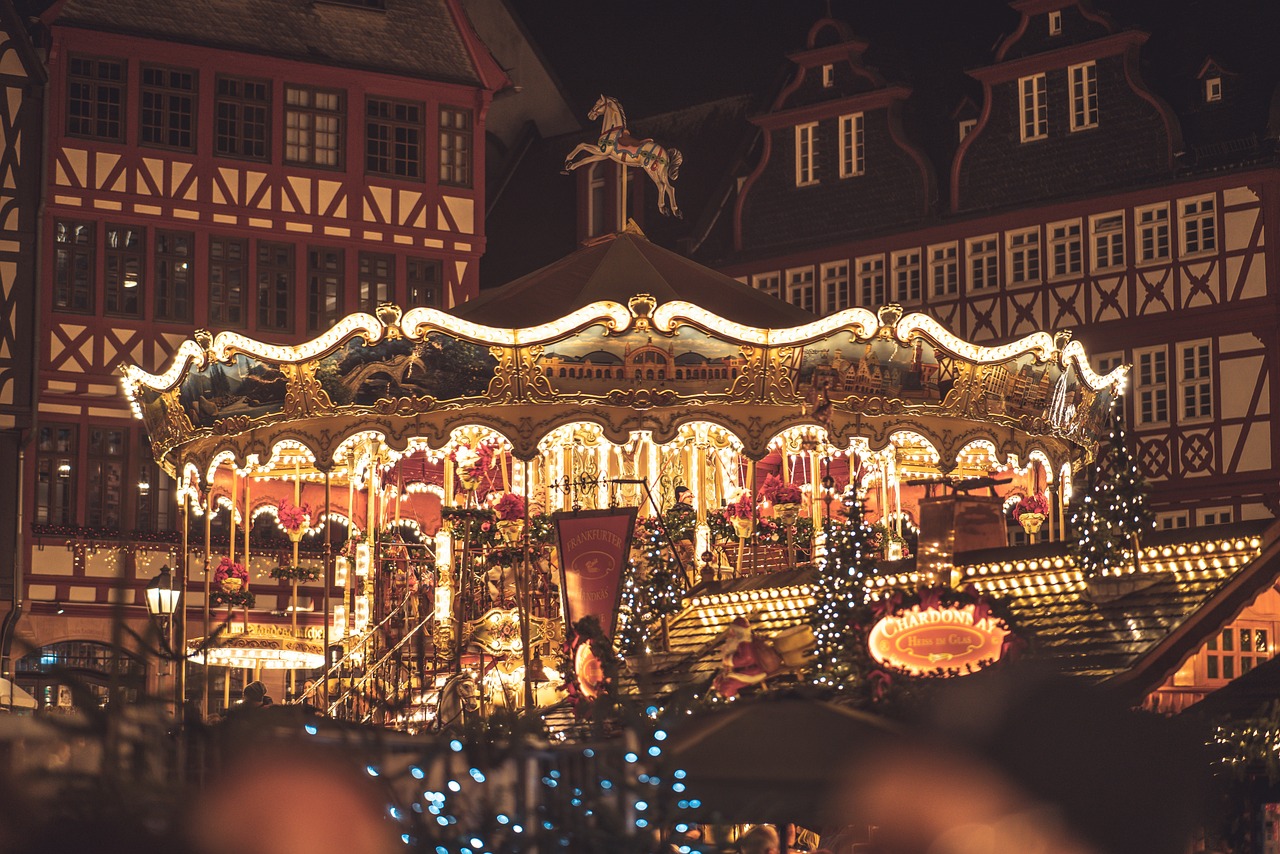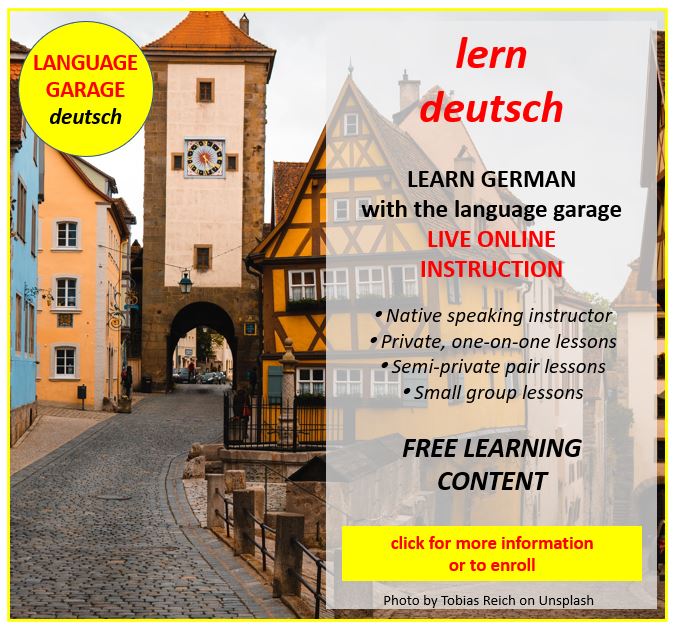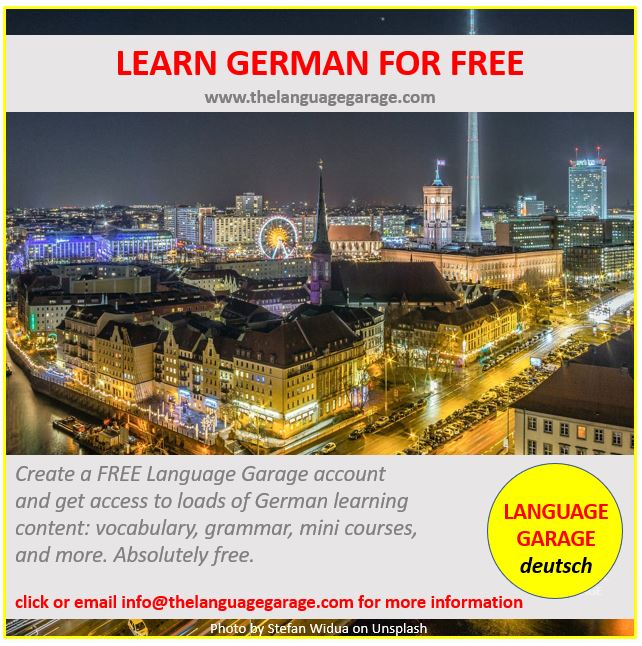Christmas in Germany, Switzerland, and Austria: A Celebration of Traditions, Markets, and Togetherness
Christmas in Germany, Switzerland, and Austria is a magical time of year filled with cherished traditions, delicious foods, festive markets, and heartwarming family celebrations. Though each country has its unique customs, they share a deep love for the holiday season and the joy it brings. In this post we’ll look at key components of the Weihnachten (Christmas) celebration in German speaking countries. First we’ll learn about the importance of Christmas markets. Next we’ll learn about some iconic Christmas foods of the region. Then we’ll learn about traditional foods. And finally we’ll learn about gift-giving, family celebrations, and religious traditions.
Christmas Markets: A Festive Highlight of Christmas in Germany, Switzerland, and Austria
One of the most iconic aspects of Christmas in Germany, Switzerland, and Austria is the Weihnachtsmärkte (Christmas markets). Many people consider Germany the birthplace of the Christmas market tradition. German cities like Nuremberg, Dresden, and Munich host some of the most famous markets in the world. Nuremberg’s Christkindlesmarkt, for instance, attracts visitors with its historic setting, handcrafted ornaments, and famous Lebkuchen (gingerbread).
In Austria, the markets are just as enchanting. Vienna’s Rathausplatz transforms into a winter wonderland, while Salzburg’s markets show off the charm of Mozart’s hometown. Switzerland, with its snow-capped Alps as a backdrop, offers picturesque markets in Zurich, Basel, and Lucerne. Swiss Christmas markets often include the scent of Glühwein (mulled wine) and geröstete Maronen (roasted chestnuts, also called Kastanien), creating a cozy atmosphere.
Traditional Foods of Christmas in Germany, Switzerland, and Austria
Food plays a central role in Christmas celebrations. In Germany, a typical holiday meal might include Bratenente (roast duck) or Bratgans (roast goose) served with Rotkohl mit Knödeln (red cabbage and dumplings). Stollen, a fruit-filled bread dusted with powdered sugar, is a holiday staple and makes a popular gift. The spiced aroma of Spekulatius (spiced biscuits) and Pfeffernüsse (pepper nut cookies) fills homes during Advent.
In Austria, the festive menu often features Wiener Schnitzel or Tafelspitz (boiled beef), alongside Christmas desserts like Vanillekipferl (vanilla crescent cookies) and Sachertorte, a rich chocolate cake. Meanwhile, Swiss Christmas dinners often include Fondue Chinoise (a meat fondue with dipping sauces) or a raclette feast. Sweet treats like Basler Läckerli (spiced honey cookies) and Birnenbrot (pear bread) are also popular.
Gift-Giving and Advent Traditions
Gift-giving varies slightly between the three countries, but the spirit of generosity and thoughtfulness remains constant. In Germany and Austria, children eagerly await Nikolaus (St. Nicholas) on December 6th. St. Nicholas fills their boots with small gifts, chocolates, and oranges, provided of course that they’ve been good. Naughty children might find a switch or a lump of coal, a lighthearted nod to the mischievous companion of St. Nicholas, Knecht Ruprecht or the scarier Krampus.
Switzerland has a similar tradition with Samichlaus, who visits on the same date. A darker-clad helper named Schmutzli often accompanies him. On Christmas Eve, families in all three countries exchange gifts, often placed under a beautifully decorated Christmas tree.
You can learn more about Nikolaustag and these traditions here.
Advent and Religious Celebrations of Christmas in Germany, Switzerland, and Austria
People in Germany, Switzerland, and Austria celebrate Advent, the four weeks leading up to Christmas, with Adventskalender (Advent calendars) and Adventskränze (Advent wreaths). Each Sunday, families light a candle on the wreath and gather to reflect or sing carols. In Austria and southern Germany, children dress as the Christkind (Christ Child) or angels for processions and events.
Christmas Eve, Heiligabend, is a significant day, with family gatherings and church services. Many attend Mitternachtsmesse (Midnight Mass), and caroling is a cherished tradition. In Austria, Stille Nacht, Heilige Nacht (Silent Night), the famous carol written in Oberndorf, holds a special place in the hearts of many.
Family Time and Togetherness
Christmas is, above all, a time for family in these countries. On December 24th, families come together to decorate the tree, exchange gifts, and enjoy a festive meal. The Christmas tree is often adorned with traditional ornaments, candles, and sometimes sweets or cookies. In Switzerland, it is common to include handmade decorations, reflecting a sense of warmth and personal touch.
Christmas in Germany, Switzerland, and Austria: A Unique Blend of Traditions
Christmas in Germany, Switzerland, and Austria blends centuries-old traditions with modern joys. Whether it’s sipping Glühwein at a snow-dusted market, savoring homemade cookies, or exchanging heartfelt gifts, the season brings a sense of magic and togetherness. Each country adds its own charm to the holiday, making this region of Europe an unforgettable place to experience the true spirit of Christmas.
Learn German with the Language Garage!
We hope you’ve enjoyed learning about Christmas in Germany, Switzerland, and Austria. If you’d like to learn German check out our other posts on German language, culture, and more. And if you’re looking for convenient and affordable live German lessons with a real teacher, check out The Language Garage German. Our lessons are given online in a virtual classroom, so it doesn’t matter where you live or work. We can come to you. And we have flexible options, with a free trial so that you can decide if there’s a fit. Check us out!
Image by Chris Spencer-Payne from Pixabay






